When you're browsing through garden centers or online plant shops, you might notice that kalanchoe blossfeldiana plants can look quite different from one another. Some have simple, four-petaled flowers arranged in neat clusters, while others boast lush, multi-layered blooms that resemble miniature roses. This isn't just random variation – you're actually seeing the difference between single-petal and double-petal varieties of this popular succulent.
Understanding how to distinguish between these two types is valuable whether you're a casual plant enthusiast or serious collector. The distinction affects not just appearance but also care requirements, blooming patterns, and even how you might use them in your home decor.
Let's start with the most obvious difference – the flowers themselves. Single-petal kalanchoe blossfeldiana varieties produce flowers with just four petals arranged in a simple cross pattern. These blooms typically form in clusters at the ends of stems, creating what gardeners call "cymes" – flat-topped or slightly domed flower heads. The individual flowers are small but numerous, creating a dense display of color.
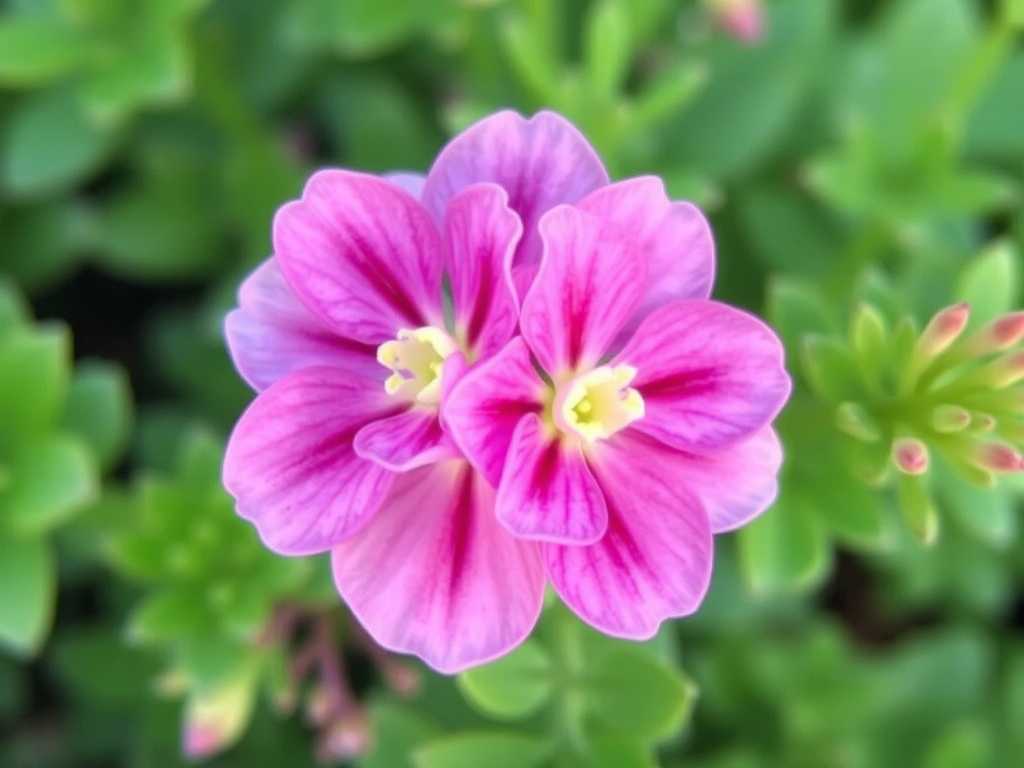
Double-petaled varieties, sometimes called "double-flowered" kalanchoe, have been selectively bred to produce extra petals. Instead of the simple four-petal arrangement, these flowers develop multiple layers of petals, often so many that the center of the flower becomes completely hidden. The result is a much fuller, more rose-like appearance that many find particularly appealing.
The terminology here is important to understand. "Single-petal" doesn't mean the plant has only one petal – it refers to the single layer of petals in each flower. Similarly, "double-petal" indicates multiple layers rather than exactly two layers. You might occasionally see these described as "single-flowered" and "double-flowered" kalanchoe, which means the same thing.
Beyond the basic petal count, there are several other distinguishing features worth noting. Single varieties tend to produce more individual flowers per cluster, which can create a different visual effect even though each flower is simpler. The clusters on single varieties often appear more delicate and airy, while double varieties present as denser, more substantial flower heads.
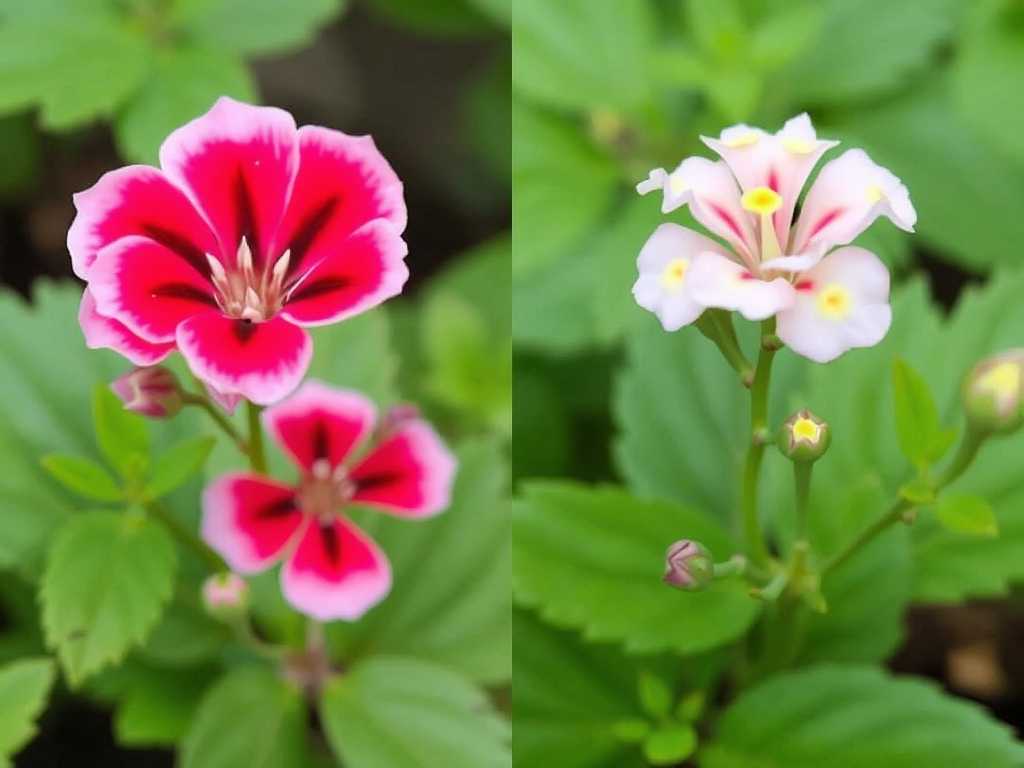
Another difference lies in how the flowers open. Single varieties typically open more uniformly across the flower cluster, creating an even display. Double varieties may open more gradually, with flowers at different stages of openness within the same cluster. This can extend the visual interest but might mean you rarely see all flowers fully open at once.
When it comes to color availability, both types offer a wide range, but there are some patterns worth noting. Traditional single varieties are available in virtually every color kalanchoe blossfeldiana comes in – red, orange, yellow, pink, white, and various shades in between. Double varieties have been developed in many colors too, though some of the more unusual color variations might be harder to find in double form.
The growth habit of the plants can differ slightly as well. Single varieties often produce more upright, sturdy stems that hold the flower clusters well above the foliage. Double varieties sometimes have slightly droopier stems, as the heavier flower heads can weigh them down. This isn't a hard and fast rule, but something you might notice when comparing mature plants.
If you're trying to identify which type you have when the plant isn't in bloom, look closely at the leaves and overall growth pattern. While not definitive, double varieties sometimes have slightly thicker, fleshier leaves, though this difference is subtle and might not be reliable for identification. The most certain method is to wait for blooming, of course.
When purchasing new plants, reading the variety name can be helpful. Many double varieties have names that hint at their flower form – terms like "double," "duo," "florepleno," or "roseform" in the variety name often indicate double flowers. However, not all nurseries include this information, so visual identification remains important.
Both types have their advantages in the garden or home. Single varieties often produce more nectar and might be slightly more attractive to pollinators if you're growing them outdoors in suitable climates. Their simpler flowers can create a more casual, wildflower-like appearance that some gardeners prefer.
Double varieties offer a more formal, luxurious look that works well in decorative containers and as gift plants. The abundant petals create a richer color display since you're seeing more pigment-containing tissue in the same space. However, the extra petals can sometimes trap moisture, potentially making them slightly more susceptible to fungal issues in humid conditions.
Care requirements are largely similar for both types, with a few minor considerations. Double varieties might benefit from slightly more protection from heavy rain or overhead watering, as water can become trapped in the dense petals and potentially lead to rot. Both types need the same basic conditions – well-draining soil, bright light, and careful watering to avoid root rot.
When it comes to propagation, both single and double varieties can be grown from stem cuttings with equal ease. However, if you're collecting seeds (which is less common with kalanchoe blossfeldiana), note that double varieties might not come true from seed, as the double-flower trait can be complex genetically.
The popularity of these plants has led to continuous development of new varieties. In recent years, breeders have introduced types that blur the lines between single and double – sometimes called "semi-double" varieties that have more than four petals but not the fully double form. These represent a middle ground that some gardeners find particularly appealing.
Whether you prefer the simple elegance of single varieties or the opulent beauty of double forms, kalanchoe blossfeldiana offers plenty of options. Many enthusiasts eventually find room for both types in their collections, appreciating the different qualities each brings to their garden or indoor space.
Next time you're selecting a kalanchoe blossfeldiana, you'll be equipped to identify whether it's a single or double variety and make your choice accordingly. Both offer the same easy-care nature and prolific blooming that have made these plants so beloved worldwide.
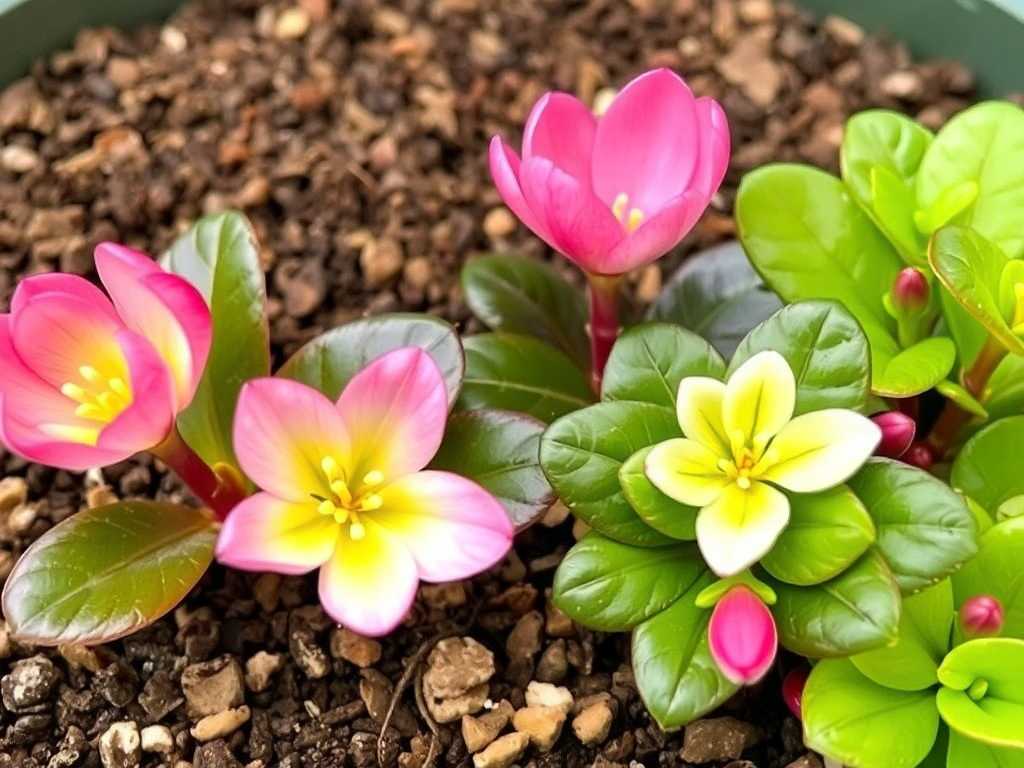
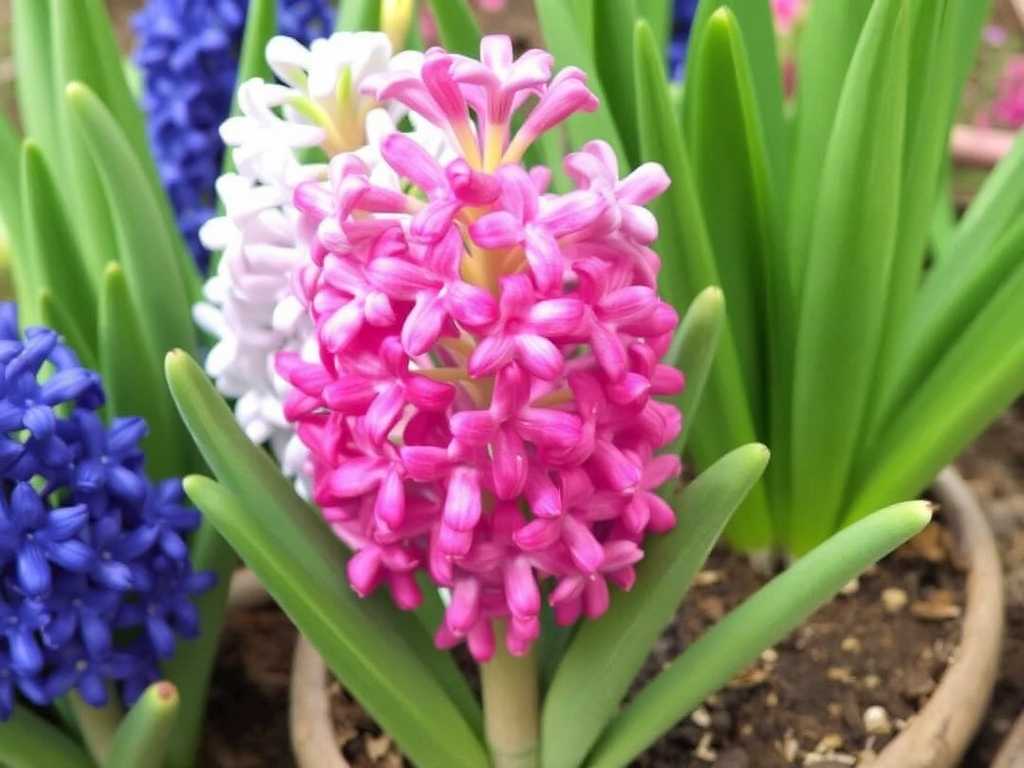
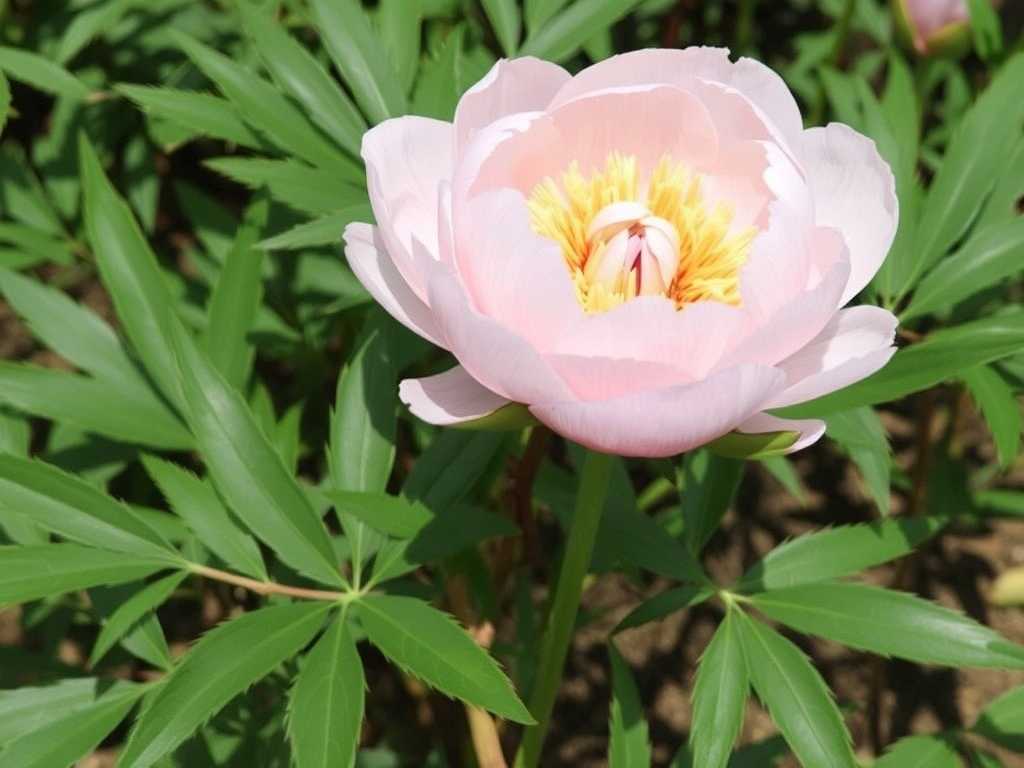

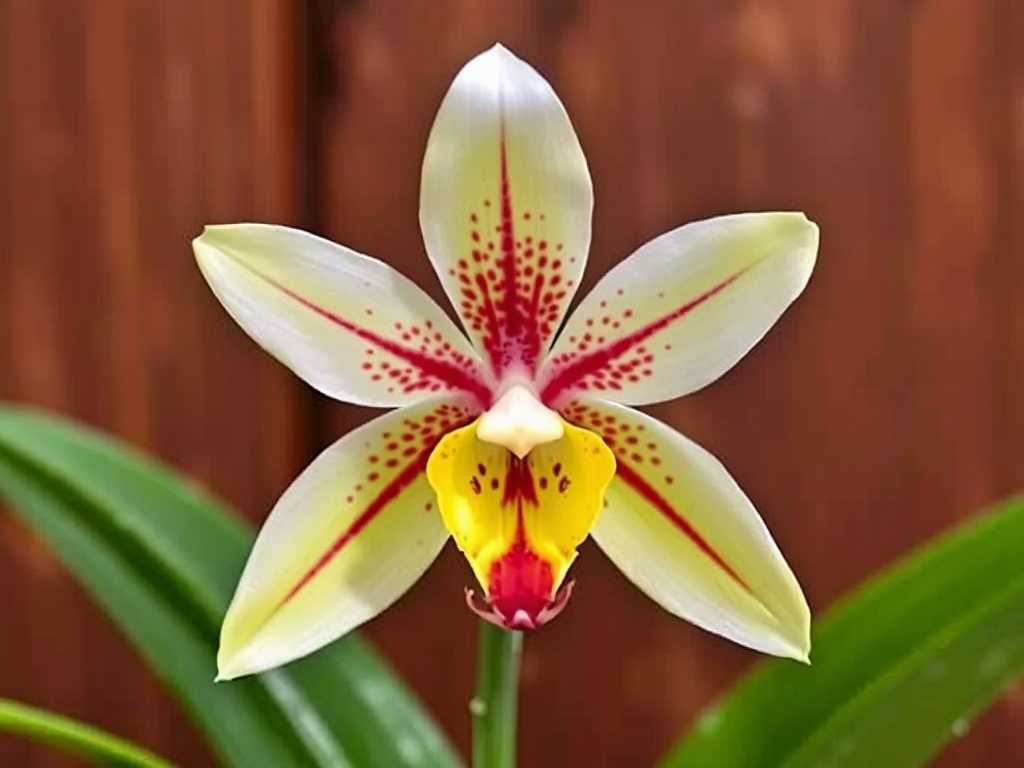
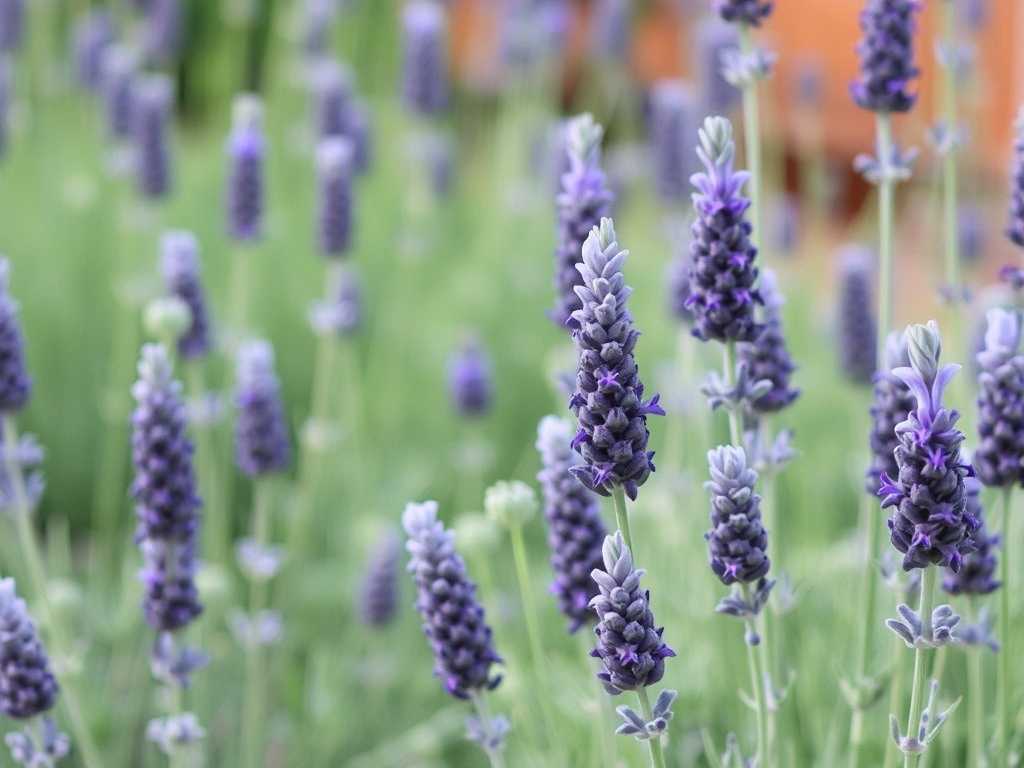
发表评论